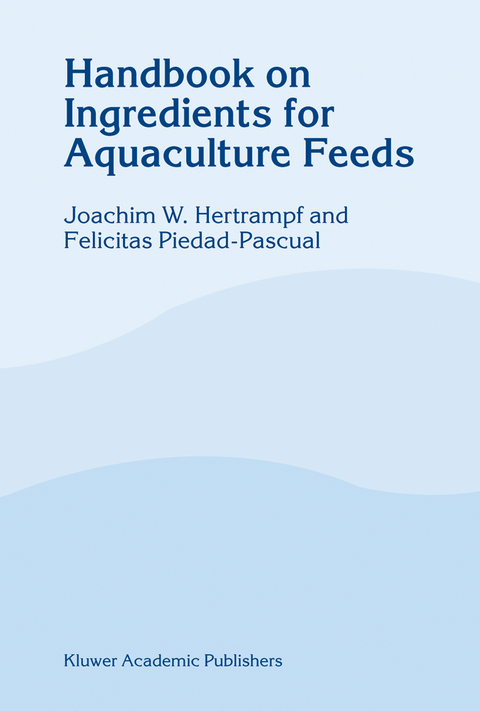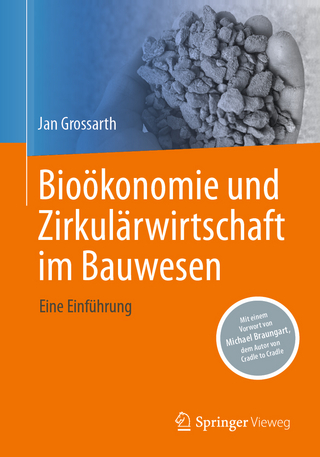
Handbook on Ingredients for Aquaculture Feeds
Springer-Verlag New York Inc.
978-1-4020-1527-4 (ISBN)
1 Prologue.- 2 Nutrition of Aquatic Animals at a Glance.- 3 Animal fats.- 4 Bile acid products.- 5 Bleaching earth (used).- 6 Blood products.- 7 Brewer’s grains (de-hydrated).- 8 Casein (de-hydrated).- 9 Cheese scrap.- 10 Cocoa-pod husk meal.- 11 Coffee pulp (de-hydrated).- 12 Crab Meal.- 13 Distillery by-products.- 14 Egg Powder.- 15 Feather Meal.- 16 Feed Carotenoids.- 17 Feed Yeast.- 18 Fish meal.- 19 Fish protein concentrate (hydrolysed).- 20 Fish Silage and other marine silages.- 21 Fish Solubles (de-hydrated).- 22 Immunostimulatory substances.- 23 Krill meal.- 24 Leather meal (hydrolysed).- 25 Leucaena Leaf Meal.- 26 Live Food.- 27 Liver from warm-blooded animals.- 28 Maize Products.- 29 Marine Oils.- 30 Meat by-product meals.- 31 Mineral feed ingredients.- 32 Mollusc products.- 33 Pig bristle meal.- 34 Potato protein.- 35 Poultry by-product meal.- 36 Pulses.- 37 Rice by-products.- 38 Shrimp meal.- 39 Silkworm pupae meal.- 40 Snail meal.- 41 Soya lecithin.- 42 Soya protein products.- 43 Squid meal.- 44 Unidentified growth factors.- 45 Vegetable oils.- 46 Vegetable oil meals.- 47 Vermi meal.- 48 Vitamin C products.- 49 Water hyacinth.- 50 Wheat and wheat by-products.- 51 Whey (de-hydrated).- 52 Yucca schidigera extract.- List of scientific names of aquatic organisms used in this book.
| Illustrationen | Sik Lee Ong |
|---|---|
| Zusatzinfo | XLIX, 573 p. |
| Verlagsort | New York, NY |
| Sprache | englisch |
| Maße | 155 x 235 mm |
| Themenwelt | Naturwissenschaften ► Biologie ► Ökologie / Naturschutz |
| Naturwissenschaften ► Biologie ► Zoologie | |
| Technik ► Lebensmitteltechnologie | |
| Weitere Fachgebiete ► Land- / Forstwirtschaft / Fischerei | |
| ISBN-10 | 1-4020-1527-5 / 1402015275 |
| ISBN-13 | 978-1-4020-1527-4 / 9781402015274 |
| Zustand | Neuware |
| Haben Sie eine Frage zum Produkt? |
aus dem Bereich


